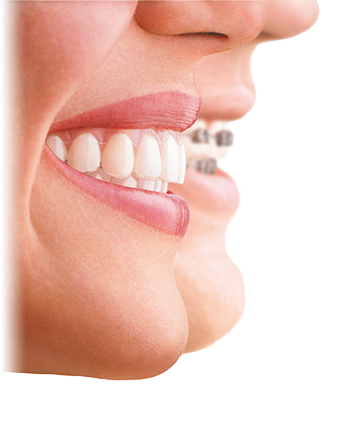 Playing sports, trips and falls or even biting down on a mint humbug can damage your teeth, but if you have a chip, there’s no need to worry. Even the slightest chip can make you feel self-conscious about the appearance of your smile, but there are some excellent treatment options out there and your dentist will be able to patch up your tooth in no time.
Playing sports, trips and falls or even biting down on a mint humbug can damage your teeth, but if you have a chip, there’s no need to worry. Even the slightest chip can make you feel self-conscious about the appearance of your smile, but there are some excellent treatment options out there and your dentist will be able to patch up your tooth in no time.
Composite bonding
Composite bonding is a procedure commonly used to make minor changes to the shape and aesthetic of the teeth; it involves using dental composite, a tooth-coloured material, to repair chips, build up worn down surfaces and reshape the teeth to make the smile look more attractive. Treatment only takes one hour and it is completely painless.
The procedure involves your dentist moulding and shaping the composite to reshape an individual tooth and carry out basic repairs, such as filing in a chip or evening up a worn edge. At room temperature, composite is soft like putty and this enables your dentist to adapt it to suit each individual tooth that needs attention. When they are confident that the composite is in the right place, they then shine a curing light onto the composite and this sets it, making it firm.
Veneers
Veneers are a popular treatment option for people who want to transform the appearance of their smile and they create dazzling results. Veneers are usually made from porcelain and they are placed on top of your natural teeth; the aim is to create a stunning smile. Each veneer is custom-made and shaped to fit your tooth perfectly; you can choose from various tooth shades and shapes to suit your aesthetic preferences and treatment can usually be completed in 2 sessions 2-3 weeks apart. Veneers may be a good choice if you have additional issues, aside from chips, such as staining or gaps between your teeth and you are looking for a more dramatic transformation.
Preventing chips
Sometimes, it’s impossible to prevent chips; however, there are some simple steps you can take to reduce the risk of your teeth being damaged, including:
- wearing a gum shield when playing sport
- avoiding using your teeth to open bottles or cut labels off clothing
- avoiding very hard foods
- seeing your dentist for regular check-ups
















